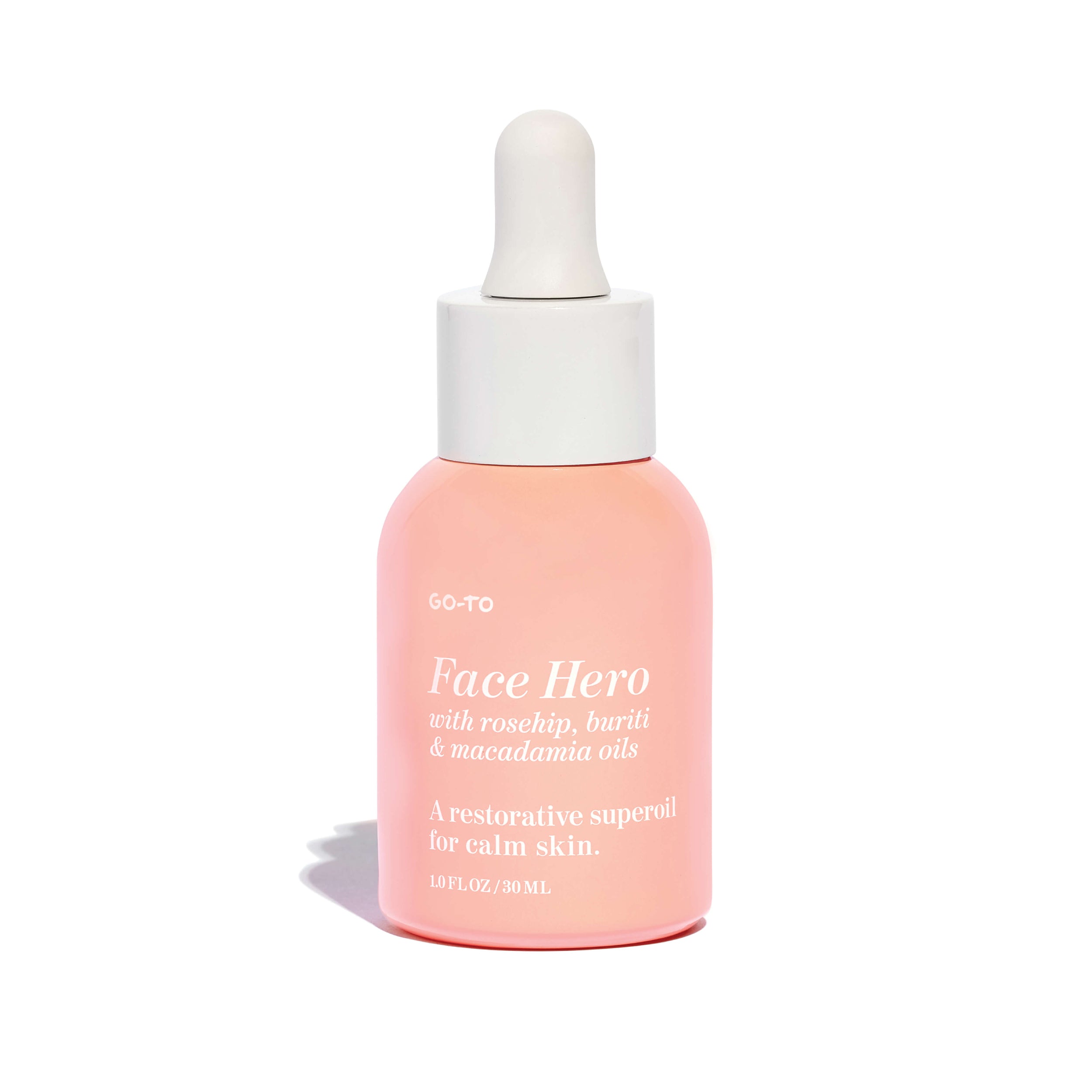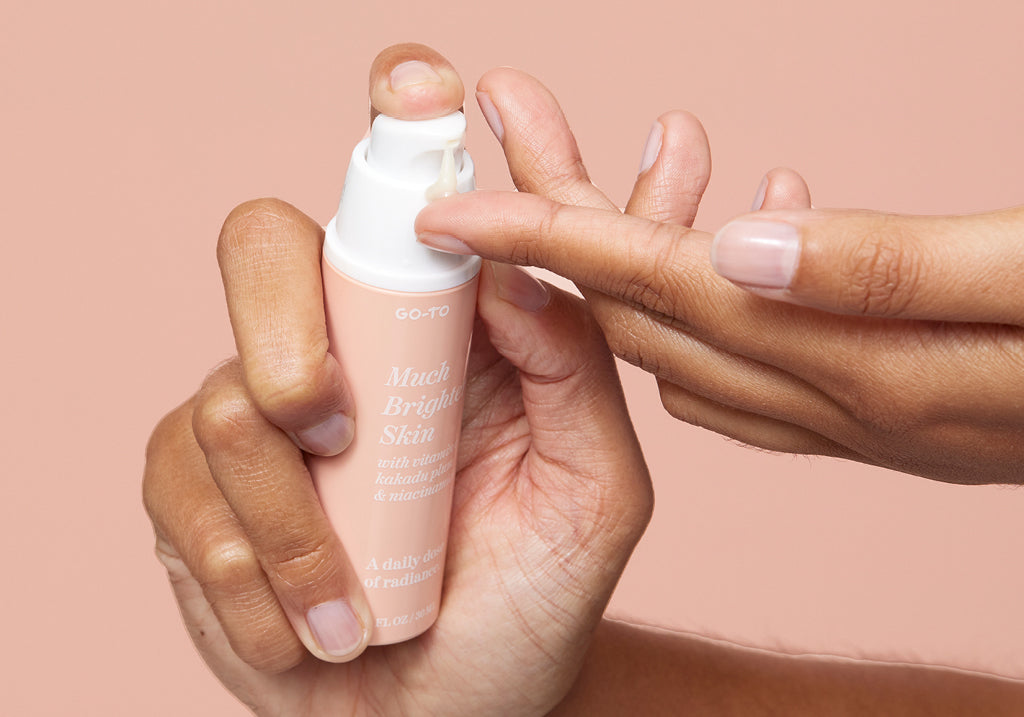Chances are you’ve heard of hyperpigmentation before. It’s a skin condition where factors such as acne scarring, inflammation and sun damage cause the skin to discolour or darken.
So, What’s Melasma Then?
Well, it’s also a pigmentary disorder but one that appears more like dark brown patches on the skin – and it’s usually more prevalent on the face. Especially the upper lip, chin, forehead, and cheeks. Melasma is also much more common in women.
While melasma technically appears as dark brown patches on the skin and sounds like another form of pigmentation that’s generally straight forward, sadly, that couldn’t be further from the truth. You see, while UV exposure can trigger melasma, this type of pigment is also triggered by hormonal influences – which is what makes it super hard to treat.
And honestly, melasma can appear differently on everybody too. Hence why if you think you’re dealing with melasma it always pays to get a professional opinion.
What Causes Melasma?
Hormonal influences are a major trigger for melasma. In fact, you may have heard of melasma referred to as ‘the mask of pregnancy’ because for many women, the major hormonal fluctuations that happen while pregnant, is when it becomes noticeable. However, the use of the birth control pill can also trigger it. Plus, UV exposure just mushes it all together and can make it all much more unmanageable.
UV light from the sun essentially stimulates our melanocytes (which are our pigment producing cells) to produce more pigment. Hence why SPF and staying out of the sun is mandatory for managing melasma. However, some people are just genetically pre-disposed to this condition. Darker skin types may also be more susceptible. (Although this isn’t always the case.)
So really when it comes to melasma there’s a lot to it. However, the main aim is to try and prevent it from getting worse – because if you have it, often it can be hard to get rid of – unless you remove the hormonal factors that are causing it in the first place (and that isn’t always something that is feasibly possible), and if genetics play a role it may just mean that melasma is something that you need to manage throughout your life.
The Most Common Melasma Questions I'm Asked As A Dermal Therapist
In clinic, most melasma clients are generally frustrated by their melasma – and for good reason! However, while frustrating, it is a very common condition and even though there may not be a “cure”, there are ways to manage it. Plus, what works for one person may not always work for someone else so it’s hard to pinpoint one effective treatment that will work for everyone.
I personally have also experienced melasma with my first pregnancy, so I know how annoying and frustrating it can be. Although post baby it did go away. Which can happen as well. Everyone’s experience with melasma is unique to them. In clinic though most people just want to know how to get rid of it.
So, let’s get onto that.
How To Treat Melasma
Firstly, I need to re-iterate that melasma is a skin condition that is quite difficult to treat and while many of the same treatments apply for melasma as they would for hyperpigmentation, including consistent SPF, the use of brightening (think: vitamin c) or tyrosinase inhibiting ingredients, vitamin A to help with discolouration, chemical peels and/or laser (albeit on lower settings) it doesn’t mean all cases of melasma will respond in the same way.
Hence, why it’s important to have realistic expectations, because while it can be faded, it has the tendency to come back – because sadly there is no cure for it. However, regular clinical treatments such as chemical peels along with using the right skincare for each person that includes: tyrosinase inhibiting ingredients, chemical exfoliants, vitamin A and most importantly religious use of SPF – rain, hail or shine, can help manage it!
Honestly though, while I do like to harp on about the fact that SPF is a great skincare tool, if you have melasma I always advise to avoid direct sun exposure as much as feasibly possible. Meaning no direct tanning - at all - ever. And if you’re pregnant and starting to experience melasma, then covering up and wearing a hat at all times is just as important. Yes, this means even when you’re outside hanging out the clothes for five minutes. Trust me. It’s not worth it, it will make the skin condition worse, and prevention is much easier than treatment. In some instances, individuals may need to visit a Dermatologist, which is also something that needs to be kept in mind.
So, there you have it! Your tiny run down on melasma. Got any other Qs? Pop them below and we'll get back to you.
















Comments